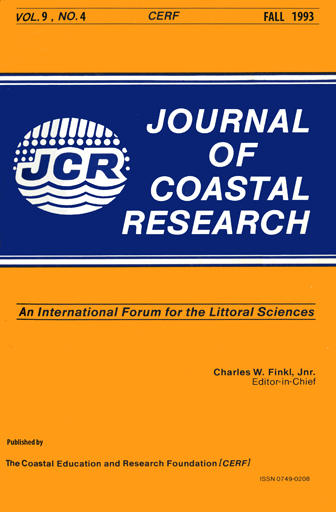Rocky-Shore Biotic Associations and Their Fossilization Potential: Isla Requeson (Baja California Sur, Mexico)
Keywords:
Computer studies, R -mode and Q-mode analyses, windward and leeward biofacies, Gulf of California or Sea of CortezAbstract
What is the likelihood that biotic associations from a contemporary rocky-shore setting may find their way into the geologic record? Previous studies on fossilization potential have analyzed recent faunas on an inventory basis. This study considers the fate of intact biotic associations arrayed among 30 macrospecies of invertebrates and algae on a small island in Concepcion Bay, Baja California Sur, Mexico. Field data collected from a network of 15 transects and 66 census stations were subjected to Rand Q-mode analyses in order to establish and map windward and leeward facies on the island. Nearly all the species forming intertidal associations have hard parts which insure a high probability of fossilization, but 37—63 % of the species in the adjoining shallow-subtidal zone have no chance or poor chances of fossilization. Species of Sporolithon and allied red coralline algae in the intertidal and shallow subtidal zones play a key role by encrusting large surfaces and binding in situ associated fauna such as barnacles and the bivalve Area pacifica. Burial of leeward rocky shores is already being effected due to the in-filling of a lagoon; future burial of windward rocky shores is possible due to the faulted structure of Concepcion Bay. Similar physical scenarios are known from the geologic record and they should afford a rich source of rocky-shore fossils for the study of community evolution.


